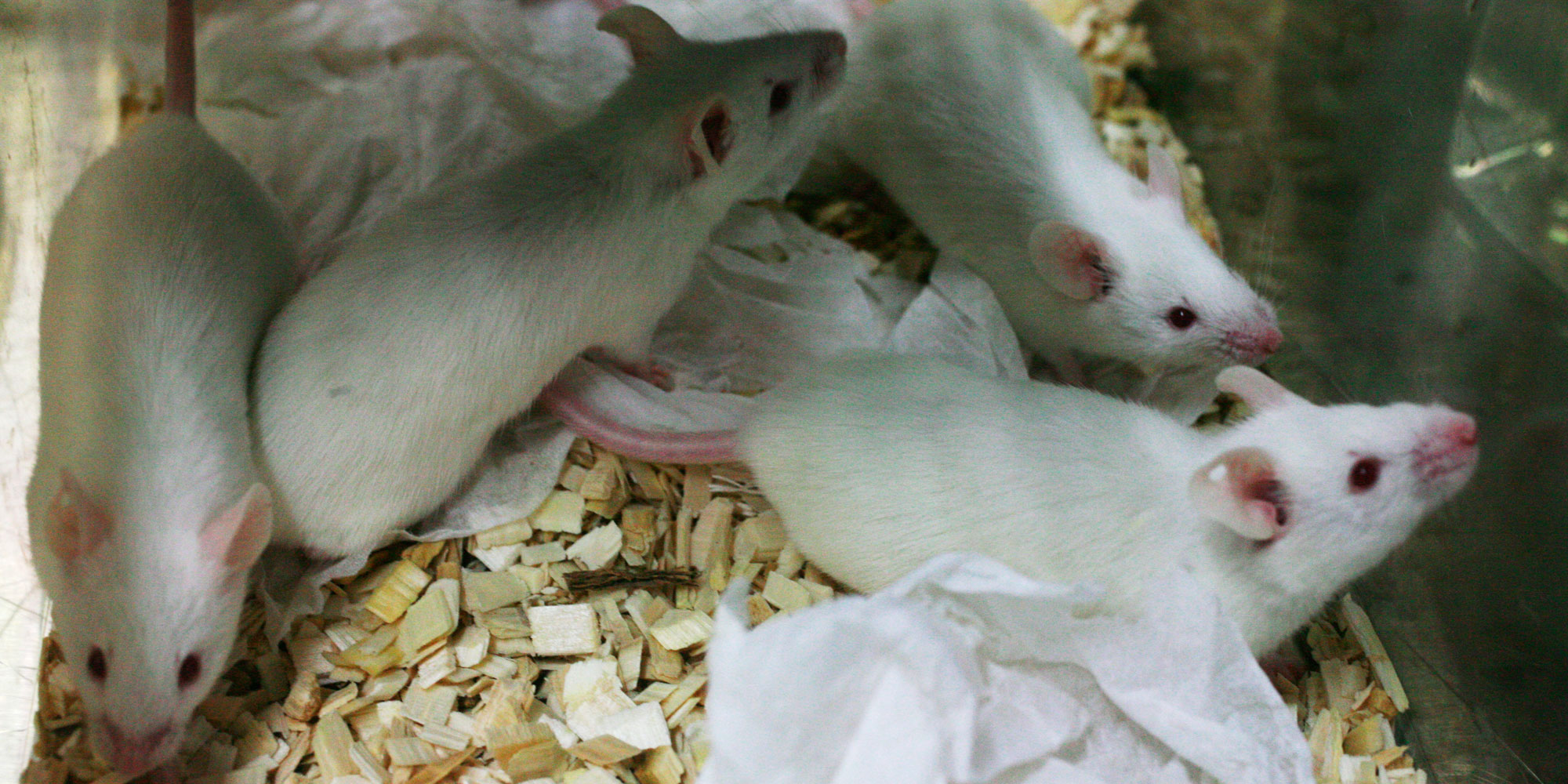
Across the world, laboratories are racing to breed genetically engineered stocks of mice in hopes to answer key questions about COVID-19 and to fast-track potential drugs and vaccines for clinical trials.
Local: The first cases of COVID-19 community transmission reported in Minnesota
The Minnesota Department of Health (MDH) has identified cases of community coronavirus transmissions among the 60 total cases, officials said on March 16. The community transmissions, where the virus spreads from one person to another within Minnesota, were reported in Hennepin, Ramsey, and Dakota counties. None of the three patients have recent travel history out of the state, and have no idea how they became sick with COVID-19. In the new cases, the patients are 21- to 71-years-old. Overall, the cases in Minnesota have involved people ranging from 17 to 94.
The first case in Minnesota was confirmed on March 6, and the second case was confirmed on March 8. The third was confirmed March 10, an Anoka County resident in their 30s, who is in critical condition. The first two cases were people exposed while traveling, and the third was a person who was exposed to international travelers, according to MDH.
As of March 17, approximately 2,336 people have been tested for COVID-19 in Minnesota. The 11 counties in Minnesota reporting cases were Anoka, Carver, Dakota, Hennepin, Olmsted, Ramsey, Renville, Stearns, Waseca, Washington and Wright. About 5,000 coronavirus cases have been reported in the United States, though experts suspect the true number is much higher. Globally, more than 185,200 people have been infected and more than 7,453 people have died.
MDH Infectious Disease Division Director Kris Ehresmann stressed that staying home and avoiding large gatherings is especially important for people age 70 or older or anyone with any kind of underlying health conditions that could make them a higher risk for severe symptoms.
On March 15, Governor Tim Walz announced the closure of all public K-12 schools across Minnesota beginning Wednesday, March 18 through at least Friday, March 27. As of last week, health officials were recommending that events of 250 or more be canceled or postponed, and now the new guidance is that events of 50 or more should be called off. Smaller events should not be held unless social distancing of 6 feet per person is possible.
Minneapolis Mayor Jacob Frey declared the closing or limiting access to bars, restaurants, nightclubs, and coffee shops effective at noon on March 17. The Trump administration has also recommended the public to avoid gatherings larger than 10 people and cancel discretionary travel to slow the outbreak.
Star Tribune
Minnesota Department of Health
Bring Me the News Twin Cities
St. Cloud Times
National: A rush to study coronavirus in laboratory animals
Across the world, laboratories are racing to breed genetically engineered stocks of mice. Some laboratories are digging into their freezer to thaw out the archived sperm of SARS-susceptible mice. Others are anesthetizing ferrets so they don’t sneeze when the new coronavirus is squirted into their nostrils. Yet others are racing to infect macaques, marmosets, and African green monkeys to answer key questions about the disease and to fast-track potential drugs and vaccines for clinical trials. The best laboratory animal would not only get infected and get sick, but get sick in the same way that humans do, showing a similar course of the disease. Then a test would give the most information.
Researchers are rushing to figure out which creatures work best, a task that could take months, according to the University of North Carolina. As virus susceptibility can change from animal to animal, so can the accompanying symptoms. That’s why researchers are beginning to test a whole menagerie’s worth of species. Monkeys and mice tell researchers different things about infection, shedding light on factors such as the role of the immune system or how the virus spreads. Ferrets are a popular model for influenza and other respiratory infections because their lung physiology is similar to that of humans, and researchers hope they will mimic aspects of COVID-19 in people, such as its spread.
The intense communication has catalyzed an unusual level of collaboration among scientists that, combined with scientific advances, has enabled research to move faster than during any previous outbreak, according to Jeremy Farrar, head of the Wellcome Trust. The first question to sort out is what kinds of cells the COVID-19 virus (SARS-CoV-2) can infect — an issue that has its roots in the pathogen’s architecture.
Teams in China have reported initial findings from infecting monkeys and mice that have the human ACE2 gene. Labs working on ferrets revealed that they would also have initial results soon: a virology team at the Australian Animal Health Laboratory has found that the animals are susceptible to SARS-CoV-2. Dr. Perlman, a microbiologist at the University of Iowa who developed a mouse in 2003 that was susceptible to infection with the SARS virus has pointed out that the hACE2 strain of mice susceptible to SARS got sick, “but developed a brain disease” in addition to other symptoms. NIH researchers are also vigorously testing a COVID-19 vaccine from Modern Therapeutics on normal mice to check whether it generates an immune response — yet it will take longer before animals are ready for evaluating the safety and efficacy of drugs and vaccines.
International: Surge of fake health advice on COVID-19 infection
Despite efforts by social media companies to stop coronavirus infection, inaccurate and dangerous advice about the coronavirus is proliferating around the world. Some people are panicking, and looking to magical cures, and other people are spreading conspiracies.
Some of the most widely shared information online included:
Garlic: Lots of posts that recommend eating garlic to prevent infection are being shared on Facebook. South China Morning Post reported the story of a woman who had to receive hospital treatment for a severely inflamed throat after consuming 1.5kg of raw garlic.
Miracle minerals (chlorine dioxide - a bleaching agent): YouTuber Jordan Sather, who has many thousands of followers across different platforms, has been claiming that a "miracle mineral supplement", called MMS, can "wipe out" coronavirus.
Drinking alcohol: 27 people died in Iran’s Khuzestan and Alborz provinces after ingesting ethanol and methanol in hopes it would stave off the virus.
Home-made hand sanitizer: As reports of the shortages emerged in Italy, so did recipes for home-made gel on social media. The recipes are better suited for cleaning surfaces and, as scientists pointed out, not suitable for use on skin
Drinkable silver: The use of colloidal (metal suspended in liquid) silver was promoted on US televangelist Jim Bakker's show. A guest on the show claimed the solution kills some strains of coronavirus within 12 hours.
Drinking water every 15 minutes: One post, copied and pasted by multiple Facebook accounts, quotes a "Japanese doctor" who recommends drinking water every 15 minutes to flush out any virus that might have entered the mouth. A version in Arabic has been shared more than 250,000 times.
Heat and avoiding ice cream: One post, copied and pasted by dozens of social media users in different countries—and falsely attributed to UNICEF—claims that drinking hot water and exposure to the sun will kill the virus, and says ice cream is to be avoided.
Drinking cow urine: A Hindu group hosted a cow urine drinking party on March 14 as they believe it wards off the coronavirus. Chakrapani Maharaj, the chief of the All India Hindu Union, posed for photographs as he placed a spoon filled with cow urine near the face of a caricature of the coronavirus.
Currently, there are no vaccines, pills, potions, lotions, lozenges or other prescription or over-the-counter products available to treat or cure COVID-19. Facebook, YouTube, Google and Twitter revealed that they were removing misinformation about the coronavirus as fast as they could find it, and were working with the World Health Organization (WHO) and other government organizations to ensure that people got accurate information. In conclusion, the spread of false and malicious content about the coronavirus needs to regulated by accountable authorities and relying on the most reputable resources like WHO, Centers for Disease Control, Food and Drug Administration, and state departments of health has paramount importance.
BBC News
The Star
The New York Times
The Province
